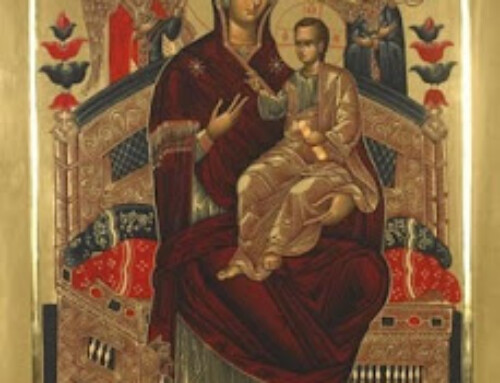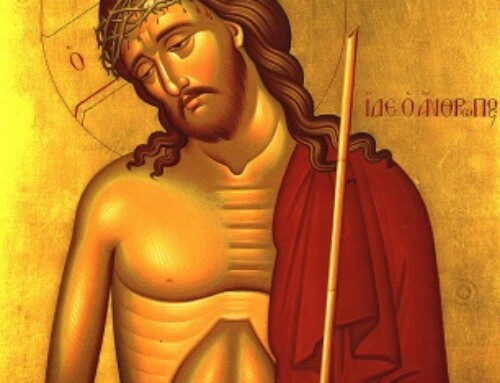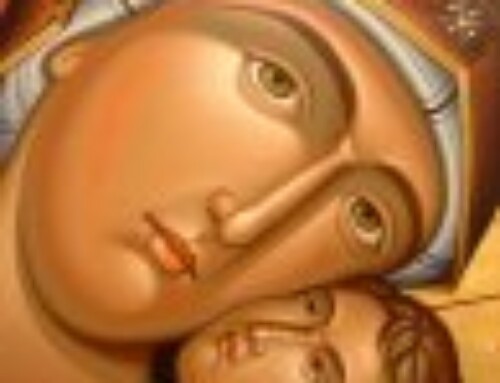Word Magazine August 1958 Page 3
THE BOOKS OF THE NEW TESTAMENT
By Father Michael Baroudy
Pastor
St. George Orthodox Church, Vicksburg, Mississippi
The books of the New Testament are twenty-seven in number, and may be divided into the three classes …. Historical, Doctrinal, and Prophetic. The Historical portions are comprised in the writings of the four evangelists, Matthew, Mark, Luke, and John, and the book of the Acts of the Apostles. The former narrate the life, conversations, miracles, Death, Resurrection, and Ascension of the Lord Jesus Christ, and are familiarly called “The Four Gospels”. While the gospels give an account of the life of Jesus in the flesh, the Acts give us a summary of what Jesus continued to do and teach by His Spirit, through the medium of His Apostles, after His Ascension.
The several Epistles, or letters, written by Paul, James, Peter, John, and Jude — numbering twenty-one in all — unfold the Doctrines of the Christian religion, as explained to those unto whom they were written; while the Prophetic book is that of Revelation, which closes the inspired volume, and is supposed to have been written by the last surviving apostle, John. It is with the historical books that the New Testament opens, beginning with “the gospel according to Matthew;” but before proceeding to the events narrated in the gospels, we give a brief sketch of the lives of the four evangelists, and of the character of their writings.
The Four Evangelists
The evangelists do not pretend to give a complete record of the life of Jesus; but they present four different aspects of the fulfillment of the divine promise of the Messiah, who came to reveal the Father, and was Himself the Way, the Truth, and the Life. This view of the gospel narrative is exemplified in the symbolic representations which the early Christian Church gave to the writers of the Four Gospels.
It is recorded in the first chapter of the book of Ezekiel that the prophet saw in visions, by the river Chebar, four cherubim with faces of a man or angel, a lion, an ox, and an eagle. Adopting the views of Jerome, the early Church gave, first, the symbol of the man or angel to Matthew, because he brings out the human and Messianic character of Jeus; second, that of the lion to Mark, because he sets forth the awfulness, energy, power, and royal dignity of Christ, or, according to others, because he begins with the mission of the Baptist — the voice of one crying in the wilderness; third, that of the ox, the sacrificial victim, to Luke, because he illustrates Christ’s priestly office and, fourth, that of the eagle, the symbol of the highest aspiration, to John, because, as St. Augustine says, “he soars to heaven as an eagle above the clouds of human infirmity, and reveals to us the mysteries of Christ’s Godhead, of the Trinity in Unity, and the Felicities of Life Eternal.” As the cloud in which the Almighty revealed Himself to Ezekiel was borne by the cherubim, so the four evangelists became the bearers of that glory of God which appeared in the form of man.
In the early history of the Christian Church these symbols meet us at every turn in theological art — in the mosaics of the old Italian churches, in the decorative sculpture of the old cathedrals, and on the carved and chased covers of old books — everywhere, in short, where enters the idea of their divine mission.




